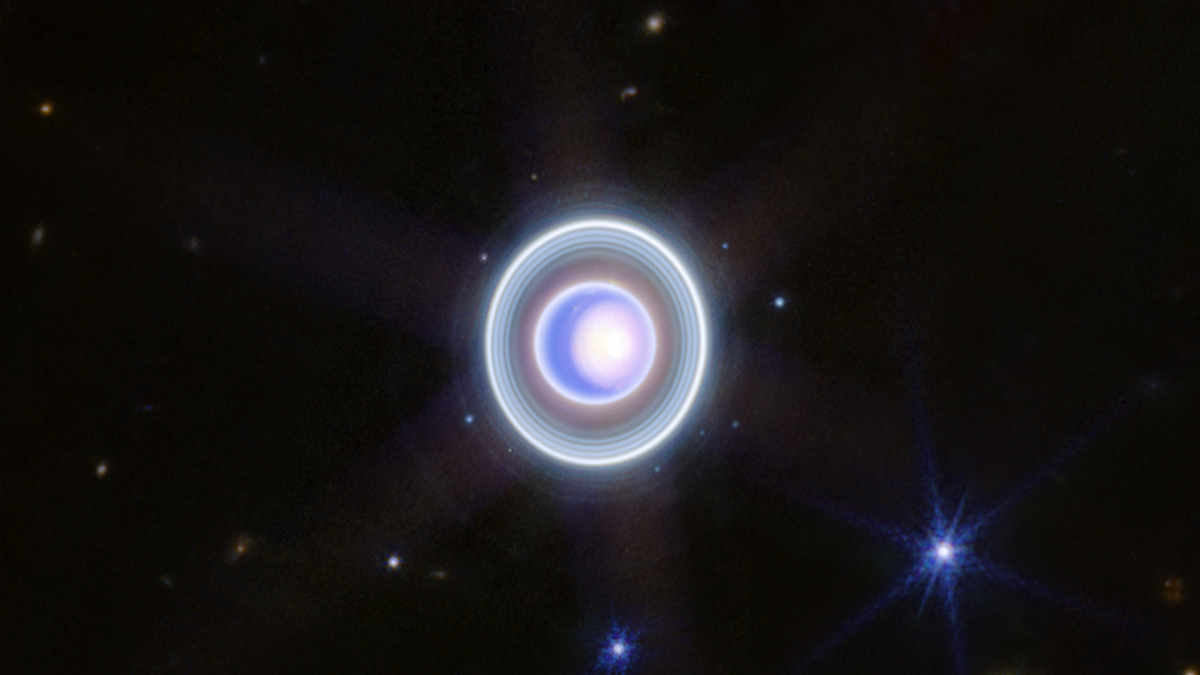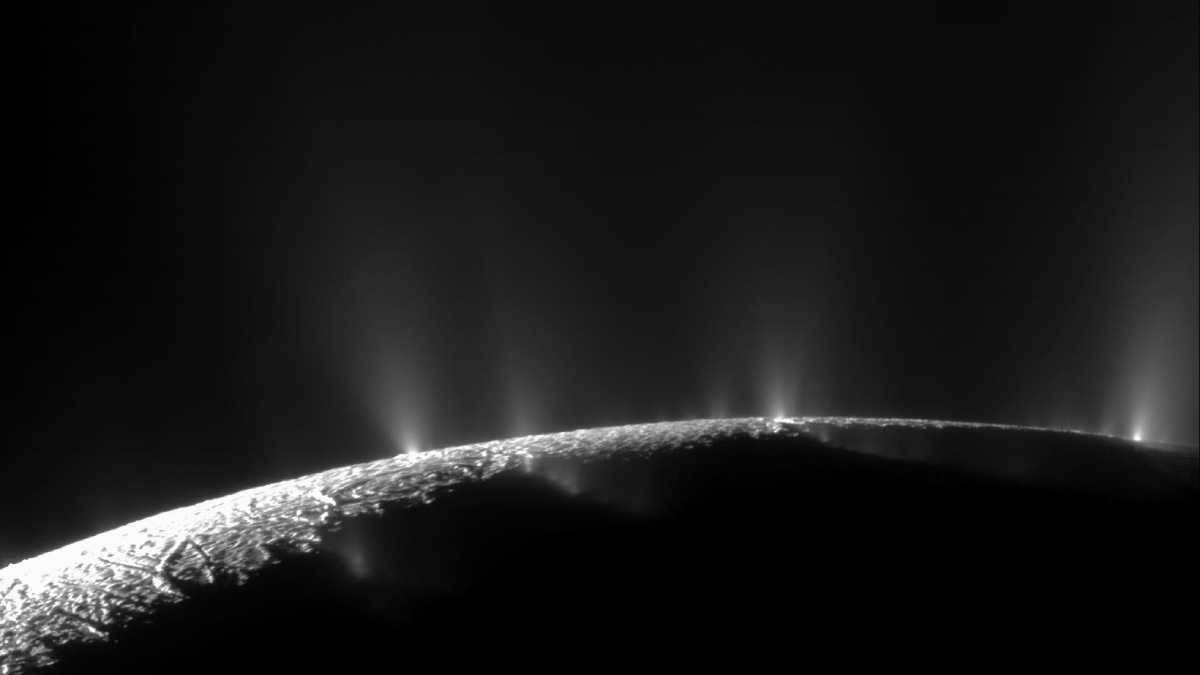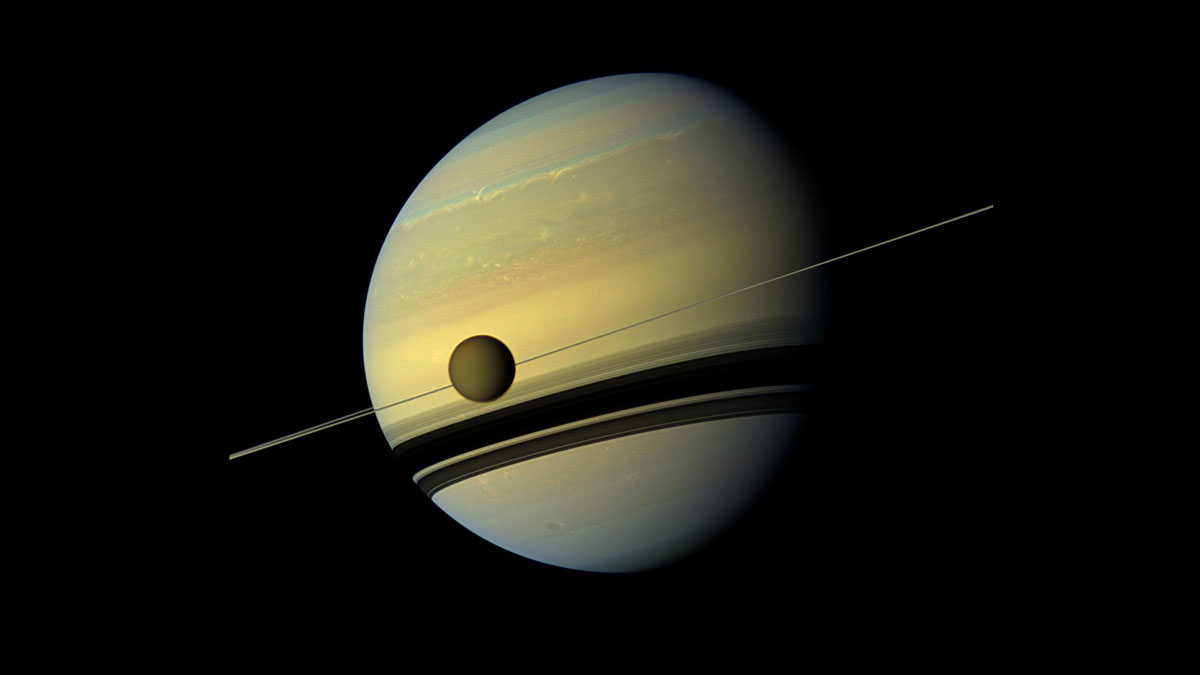…Except for Mab, which is even weirder than expected.
planetary rings
Speedy Flyby Adds New Organics to Enceladus’s “Primordial Soup”
A new analysis of old Cassini data has also verified past detections of complex organics in Saturn’s E ring, strengthening the chemical ties between the ring and its progenitor.
A Close Asteroid Encounter May Have Once Given Earth a Ring
An unusual concentration of impact craters suggests that they may have been caused by the breakup of an asteroid that created a temporary debris ring around Earth.
Las estrellas lejanas resaltan minilunas en los anillos de Saturno
Al estudiar cómo la luz de las estrellas se atenúa al viajar a través de las partículas de hielo que rodean a Saturno, investigadores han hecho foco en muchas estructuras pequeñas en los famosos anillos del gigante gaseoso.
Distant Stars Spotlight Mini Moons in Saturn’s Rings
By studying how starlight attenuates as it travels through the icy particles encircling Saturn, researchers have zoomed in on a host of small structures in the gas giant’s famous rings.
Saturn’s Shiny Rings May Be Pretty Young
The rings are fairly shiny despite being bombarded by dust, indicating that they haven’t been around for very long.
Quaoar’s Ring Defies Gravity
The dwarf planet’s ring makes astronomers question whether a long-held theory about ring and moon formation needs tweaking.
Mercury Isn’t Alone in Orbit, and Scientists Don’t Know Why
A cloud of dust traces the innermost planet’s orbital path. By all accounts, it shouldn’t be there.
Long-Gone Moon Could Explain Birth of Saturn’s Rings
Named Chrysalis, the moon could have disintegrated during a close encounter with the gas giant roughly 100 million years ago.
Can Uranus’s Rings Reveal the Planet’s Deepest Secrets?
Planetary rings can act as seismometers that respond to changes deep within a planet.










